Trade Members Get 10% Off All Orders. Sign Up Today
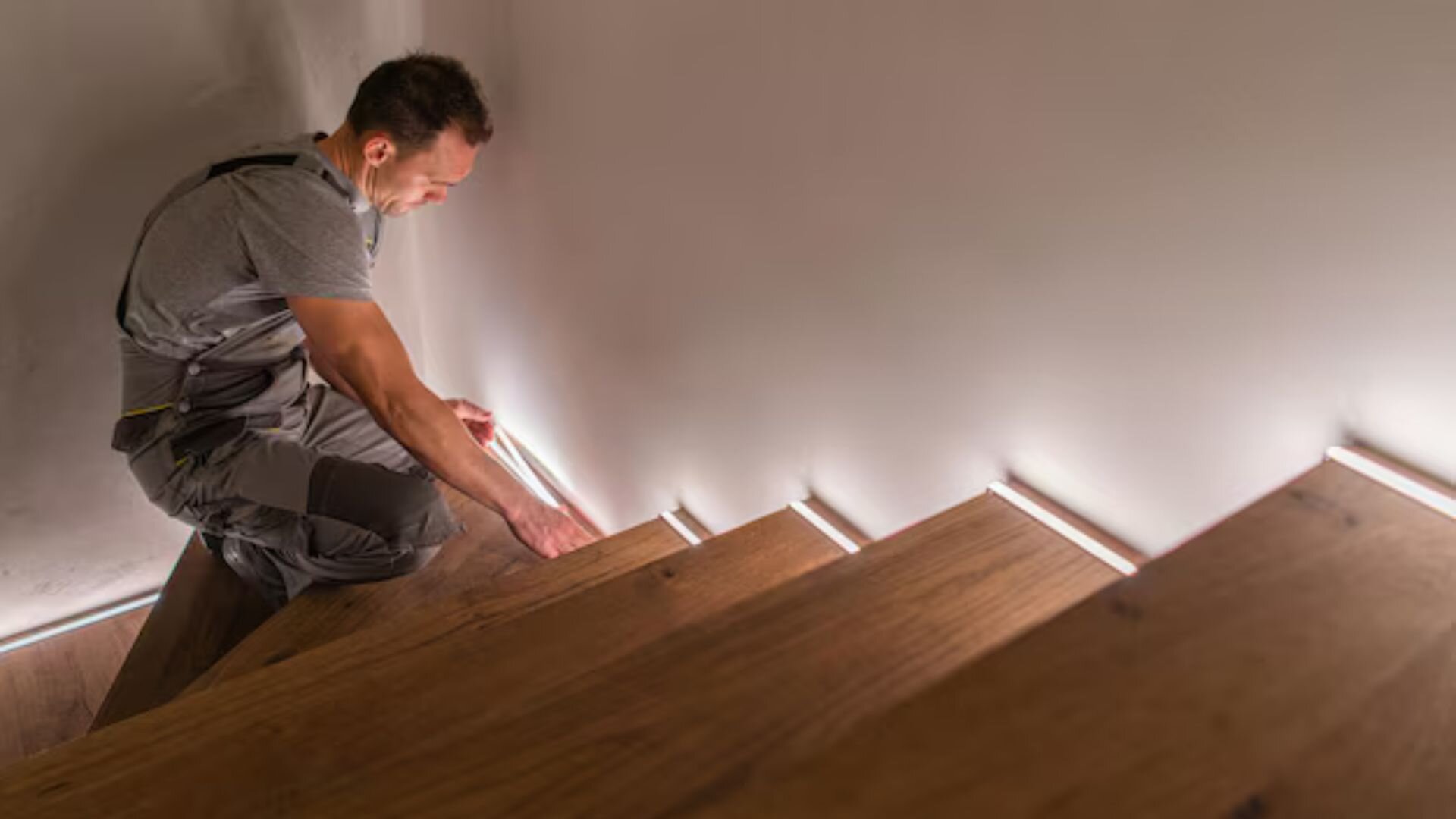
How To Install LED Products Safely
Ensuring a safe and secure LED installation is essential for delivering reliable, professional-grade results. From selecting the right components to understanding electrical safety standards, every detail plays a role in achieving a high-performing setup.
While LEDs operate at extra-low voltages (12V, 24V, or 48V), which significantly reduces the risk of electric shock, other safety factors such as heat management, fire safety, and proper driver installation must not be overlooked.
Most setups include drivers connected to mains voltage, adding further considerations to the process. As LED lighting becomes increasingly popular across industries, best practices are now reflected in regulations.
Whether you're an electrician, contractor, cabinet maker, or events specialist, this guide provides key safety insights to enhance reliability, and deliver exceptional results every time.

Common Safety Risks in LED Installations
For professional-grade LED installations, following these best practices is essential to ensure safety and optimal performance.
- Driver Overload: Using an undersized driver can cause overheating, unexpected shutdowns, and, in extreme cases, fire hazards. To avoid these risks, always choose a driver rated at least 10% above the system's total wattage.
- Incorrect Wiring & Polarity: Reversed polarity or loose connections can prevent the system from working correctly and damage components like controllers or dimmers. These issues can cause flickering, faults, or arcing that poses a fire risk. Always double-check connections and use high-quality connectors, such as our range of Wago connectors.
- Voltage Mismatch: Connecting a 12V LED strip to a 24V driver will cause the strip to burn out, while using a 24V strip with a 12V driver will result in dim or non-functional lights. Always match the voltage of your LED strips and drivers.
- Low-Quality Components: The market is saturated with components that lack proper testing and fail to meet UK standards. Substandard products increase failure and safety risks.
- Cabling Overload: LED systems operate at low voltages, resulting in higher current levels than some expect. Always size cabling appropriately to handle the driver's maximum output. Properly sized cables prevent voltage drop, ensuring LEDs run at full brightness. For added safety, install a fuse on the driver's output, especially with drivers over 60W.
- Poor Heat Management: Overheating damages LED chips and shortens their lifespan. Ensure LEDs are mounted to surfaces that dissipate heat and allow proper ventilation. For high-power setups, use thermal paste to manage heat efficiently.
- Moisture Exposure: Non-IP-rated LEDs used in damp or outdoor settings are prone to corrosion and failure. Always select LEDs with appropriate IP ratings, such as IP65 or IP67.
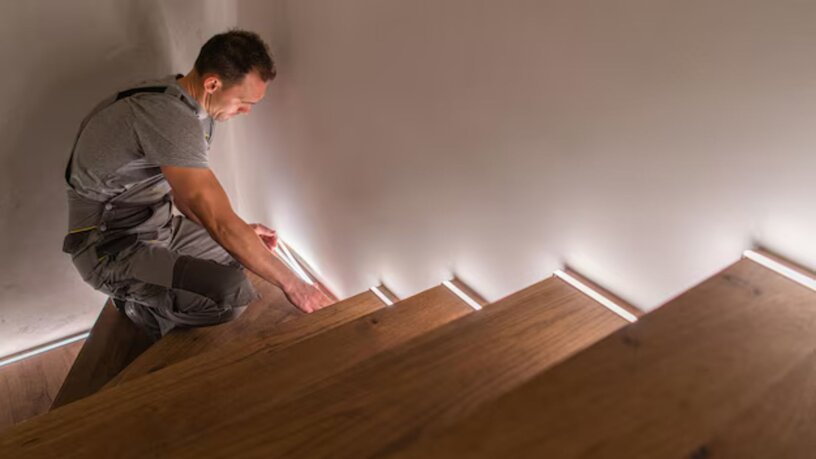
Best Practices To Ensure Safety
To achieve a safe and reliable installation, follow these essential guidelines:
- Plan for Power Requirements: Choose a driver capable of handling at least 10% more wattage than your system requires to prevent overloading and ensure efficient operation.
- Select High-Quality Components: Use rigorously tested, UK-compliant products like Ultra LEDs to guarantee durability and long-term reliability.
- Ensure Effective Heat Management: Use aluminium profiles and ensure proper ventilation to prevent overheating and extend the lifespan of your LEDs.
- Check Component Compatibility: Match drivers, dimmers, and controllers to your LED strips to avoid flickering, malfunction, or damage.
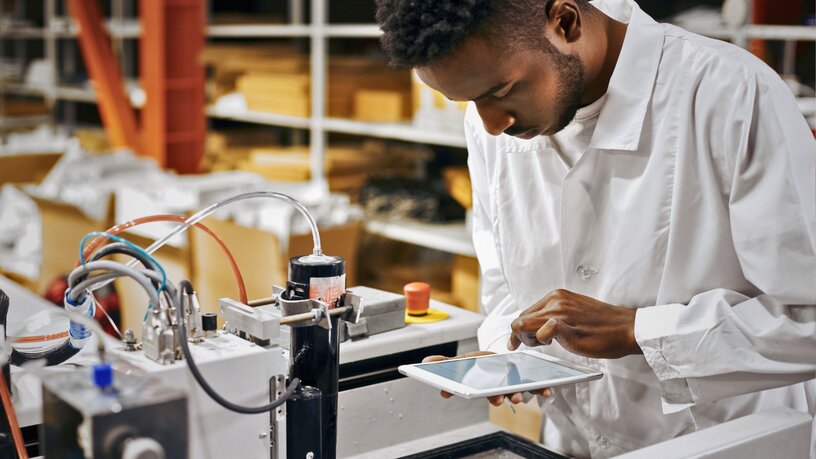
Environmental Factors For LED Installations
Different environments demand tailored solutions to ensure both safety and performance. Here's a breakdown of what to consider based on where you're installing:
Outdoor Installations
- Use IP-Rated Products: Opt for IP65 or higher-rated LEDs and drivers to safeguard against rain, dust, and outdoor elements. This is essential for applications like garden lighting or building exteriors.
- Protect Cables and Connections: Seal all cables with waterproof connectors and consider conduits or UV-resistant casing to shield wiring from weather and physical damage.
Indoor Installations
- Ventilation Matters: LEDs used in tight spaces like under cabinets or within furniture need sufficient ventilation to prevent overheating.
- Match IP Ratings to Humidity: For areas like kitchens or bathrooms, select IP44-rated LEDs for occasional splashes or IP65-rated LEDs for higher moisture exposure.
- Avoid Cable Bundling: Separate cables during installation to reduce trapped heat, which can degrade insulation and lead to potential hazards.
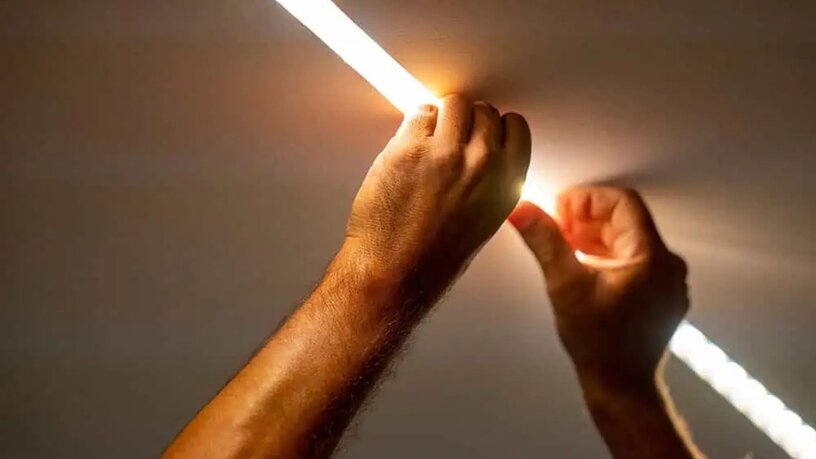
Environmental Safety Considerations
Beyond choosing the right products for specific environments, these considerations will ensure safety during installation and over the product's lifespan:
- Heat Dissipation: Ensure LEDs and components are mounted on surfaces that effectively dissipate heat to prevent overheating and extend their lifespan.
- Eco-Friendly Disposal: Dispose of outdated or faulty LED components in line with environmental regulations. Choose products that comply with RoHS standards, like Ultra LEDs' range, to minimise hazardous materials and reduce waste. Opt for components designed to be repaired or renewed at the end of their lifespan.
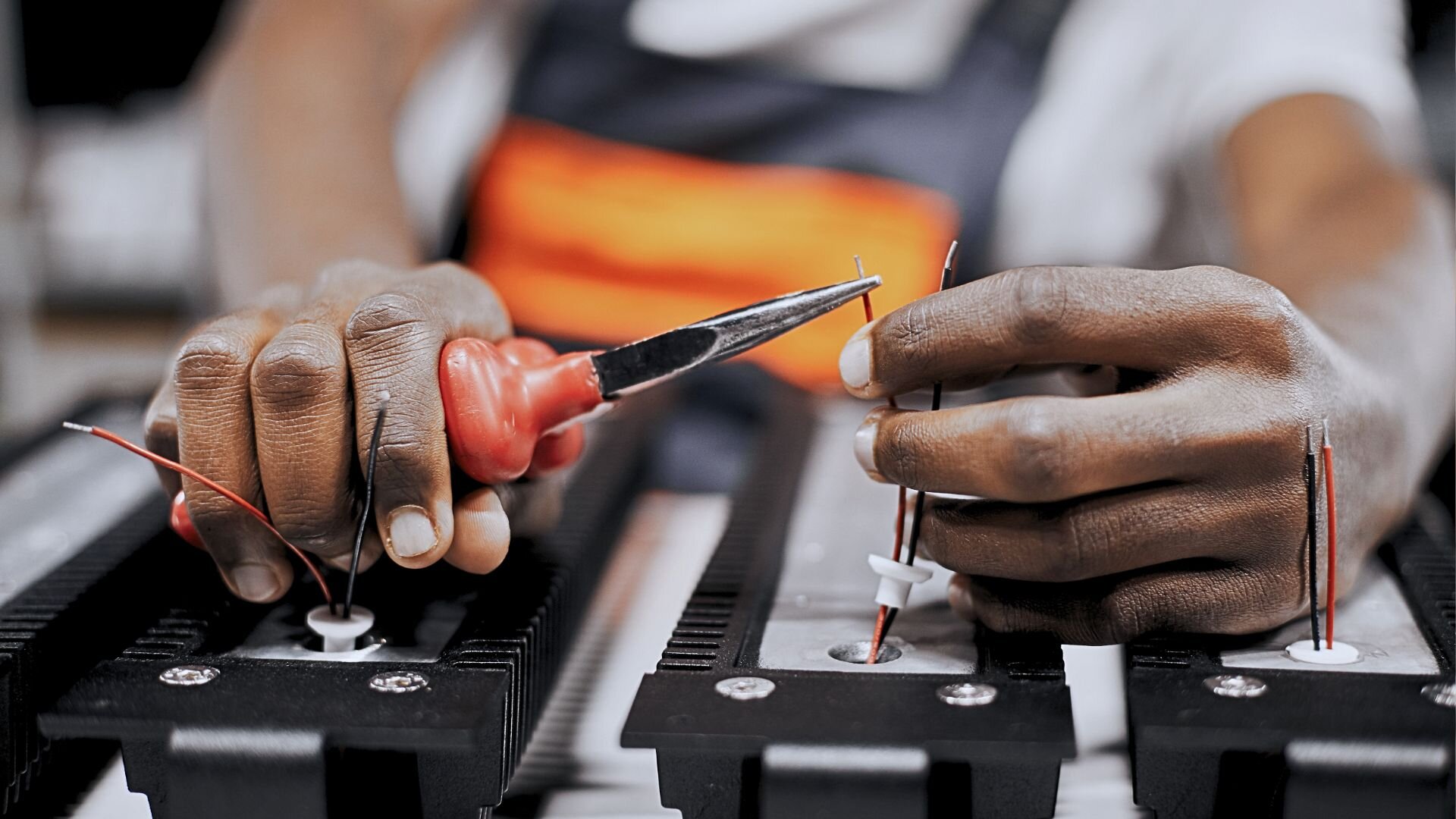
Dos & Don’ts:
Dos:
- Use IP-Rated Products: Select LED strips and drivers with the appropriate IP rating (e.g., IP65 or higher) for outdoor or damp environments to protect against moisture and dust.
- Allow for a Wattage Margin: Always calculate your system’s total power requirements and ensure the driver has at least a 10% margin to prevent overloading.
- Ensure Proper Ventilation: Install LEDs and drivers in well-ventilated areas or use aluminium profiles to dissipate heat and prolong lifespan.
- Secure All Connections: Double-check wiring and connections to avoid loose fittings that could compromise safety or performance.
- Perform Regular Maintenance: Inspect your installation periodically for signs of wear, damage, or faults.
- Use Suitable Cables: Use a cable that can handle the current your system requires and protect it with a fuse that disconnects in the event of a fault.
Don’ts:
- Avoid Overloading Drivers: Never exceed the wattage capacity of your driver, as this can lead to overheating or system failure.
- Don’t Use Non-Compliant Components: Low-quality or uncertified products can increase risks of failure, short circuits, or electrical hazards.
- Never Ignore Grounding: Proper grounding is crucial for safety and reducing risks of electrical shock.
- Don’t Overlook Heat Management: Avoid installing LEDs in enclosed spaces without considering ventilation or heat dissipation.
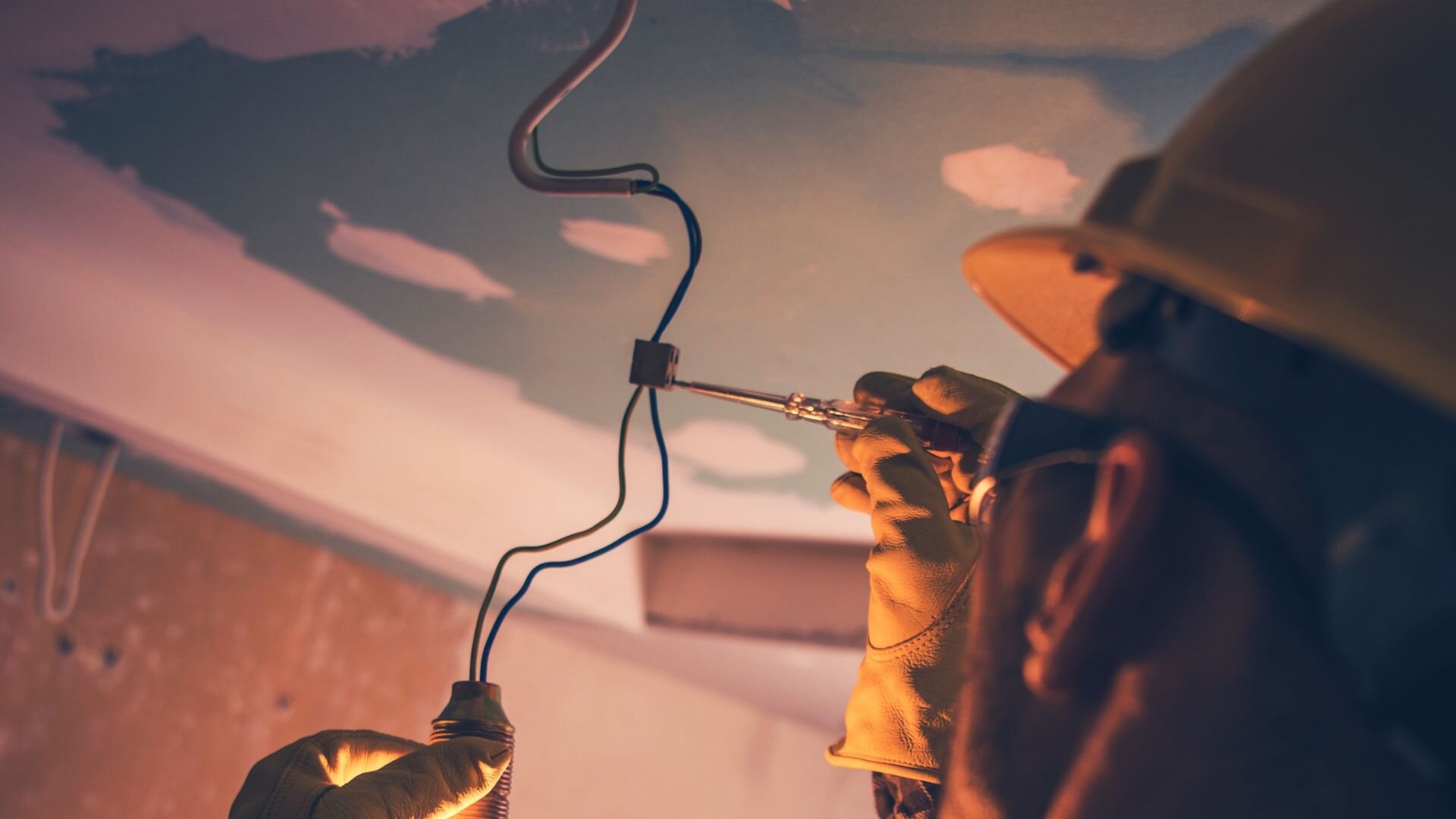
FAQs
How do I prevent heat build up in my LED installation?
Use aluminium profiles to dissipate heat effectively and ensure adequate ventilation in enclosed spaces. Avoid bundling cables too tightly, as this can trap heat.
What happens if I connect a 12V LED strip to a 24V driver (or vice versa)?
Connecting a 12V strip to a 24V driver will cause the strip to burn out. Using a 24V strip with a 12V driver will result in dim or non-functional lights. Always match the voltage of your LED strip and driver to avoid damage.
What is the recommended IP rating for outdoor LED installations?
For outdoor use, select products rated IP65 or higher. IP65 protects against dust and water jets, while IP67 allows for short-term submersion — ideal for garden lighting or poolside applications.
How can I ensure consistent colour across multiple LED strips?
Use products with a strict binning process. Ultra LEDs’ strips are carefully binned for uniform colour and brightness, ensuring professional results.
What causes flickering in LED lights, and how can I fix it?
Flickering is often caused by mismatched drivers, dimmers, or controllers. Always ensure components are compatible with your LED strip specifications to prevent this issue. For drivers, choose one rated at least 10% above the system's wattage. If using dimmers, select high-quality models with adjustable PWM settings to eliminate flicker.
What is CRI, and why does it matter?
CRI (Colour Rendering Index) measures how accurately an LED renders colours. A CRI above 90 is essential for applications like retail displays or galleries, where true-to-life colour is critical. Read more on our blog here.
Can I use indoor-rated LED strips in damp environments?
No. Use IP44-rated LEDs for areas with occasional splashes (e.g., near sinks) and IP65-rated LEDs for high-moisture spaces like showers or kitchens.
Explore Ultra LEDs’ full range of products — from LED strips and profiles to Neon Flex solutions. Find everything you need for your next lighting project on our homepage today.
Get in touch with Ultra LEDs today
Our expert team is here to guide you in finding the ideal lighting solutions to elevate your projects with precision and style. Let’s create something exceptional together.
All installations should be planned and installed under the supervision of an appropriately qualified electrician, sourced by you, who takes responsibility for product selection and installation.
We accept responsibility and liability only to our customers and only in accordance with the foregoing exclusion/limitation and those set out in applicable terms of business.
Any comment offered on other matters, or to non-customers (e.g. pre sales enquiries), is offered on a strictly non-reliance/no liability basis.





